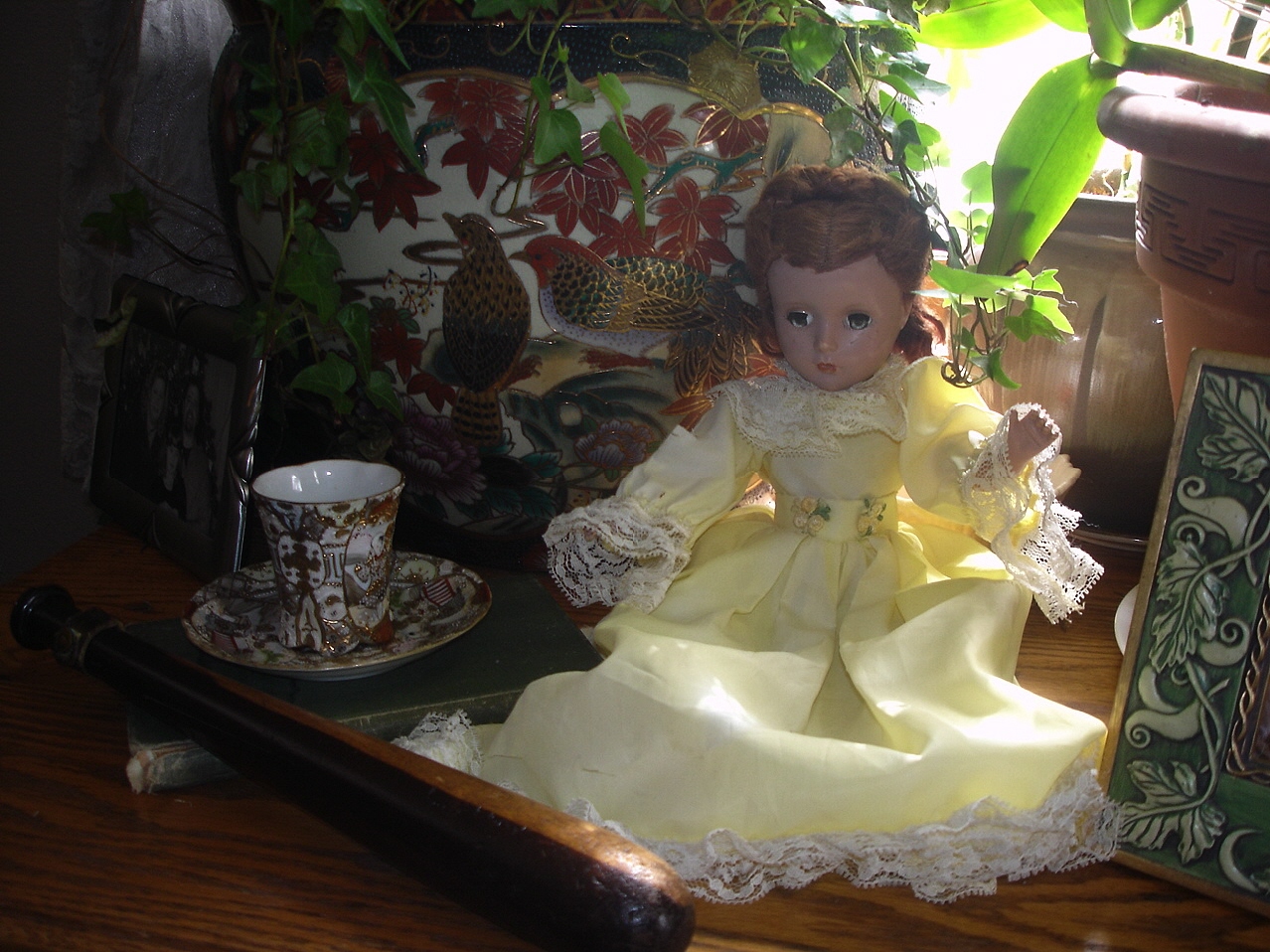While the U.S. Censuses for 1850-1930 are among the most popular resources for family historians, the pre-1850 enumerations are among the most overlooked. While they may not provide the same detail as later enumerations, they can still help place your ancestors in a particular location during the census year. The tough part is determining which family is yours.
I was recently searching for my Kelly family in New York in pre-1850 censuses and to help figure out where I need to look, I employed the use of a few charts.
First I created a chart that projected how old each person in the family would be for a particular census year. I used a spreadsheet, but this could easily be done on a sheet of paper by hand with a grid.
Across the top I listed each family members name and the estimated year they were born. Along the side of the grid were all of the census years. Beginning on the line for the first census year that they were alive for, I listed how old I thought they would be in that year. Then I just added ten years to each of these and filled out all the years in which they were alive. Now I had a handy chart to work with for my second step. (I’ve copied a portion of it below.
Â
Â
Â
Â
Â
Next I printed out a blank census form for 1840 from Ancestry and put the initial of each family member in the appropriate age bracket based on the census chart I had created. Using my grid chart made it easy to go across the form and figure out which of the family members fell in each age category. Then I just had to tally them up.
A Couple Things to Consider
- There may be children listed in the census that died young and that I’m not aware of so if there are extra young children, I shouldn’t dismiss a record. There may also be more than just the one family living in the home. Additional adults may be other relatives or the spouse of one of the older children. For these reasons, I didn’t rule out families who had “extras.â€
- Older children may have moved out. To designate, which children might not be still at home in a particular census year, I circled the tallies for children that would have been twenty or older. I did the same for children who would have been in their upper teens. Since some families lived together even after the children were married, I didn’t want to rule them out, but still want to remind myself that one or more of them may have moved out. It was also a reminder that additional adults of the opposite gender could be spouses.
- For a person whose birth bridged two categories (e.g., a fifteen-year-old might have fallen in the “ten & under fifteen†category, or in the “fifteen and under twenty†category, depending on when his birthday fell and when the census was taken.), I drew a line across the two categories to remind me that I could be flexible with that one.
Using this template, it was much easier to compare my family to the census records as I browsed through all of the James Kellys in New York. Despite the exceptions to the template, by looking at the individuals who would have most likely have been in the house—typically parents and young children—I was able to rule out most of the James Kellys in New York. Now I will turn to other records, like directories and possibly religious records, to see if I can discern if one of the remaining Kellys is my family.
Ancestry members can search U.S. Federal Census records here.
Juliana Smith has been an editor of Ancestry newsletters for ten years and is author of “The Ancestry Family Historian’s Address Book.” She has written for “Ancestry” magazine and wrote the Computers and Technology chapter in “The Source: A Guidebook to American Genealogy,” rev. 3rd edition. Juliana can be reached by e- mail at [email protected], but she regrets that her schedule does not allow her to assist with personal research.





 Posted This Week
Posted This Week Do your loved ones know the significance of items you would like preserved for posterity? Are they aware that that bundle of yellowed letters you have stashed away are letters your grandfather wrote? Or that that those crumbly old recipes sticking out of that cookbook belonged to your great-grandmother? Do they know that the stack of postcards in the closet contain correspondence from a special uncle and that your favorite aunt made the as a wedding gift? Take the time to not only make sure these items are preserved in a safe environment, but also that their significance is noted so that it won’t end up in the trash or on the table at a yard sale some day.
Do your loved ones know the significance of items you would like preserved for posterity? Are they aware that that bundle of yellowed letters you have stashed away are letters your grandfather wrote? Or that that those crumbly old recipes sticking out of that cookbook belonged to your great-grandmother? Do they know that the stack of postcards in the closet contain correspondence from a special uncle and that your favorite aunt made the as a wedding gift? Take the time to not only make sure these items are preserved in a safe environment, but also that their significance is noted so that it won’t end up in the trash or on the table at a yard sale some day.